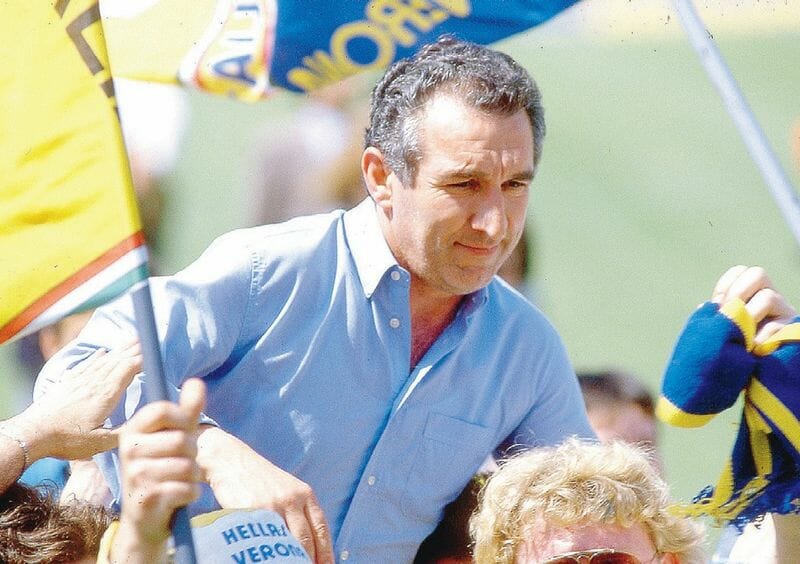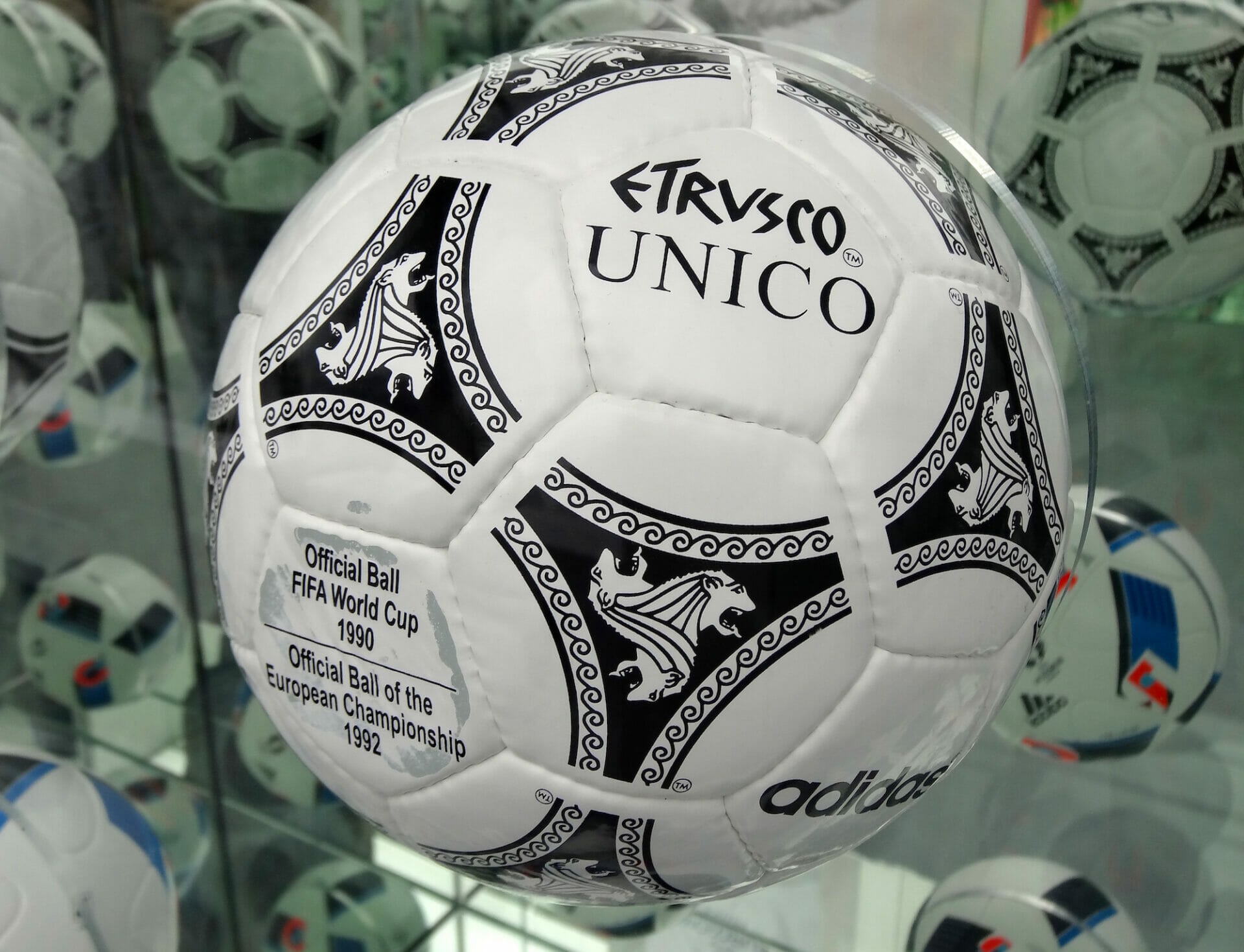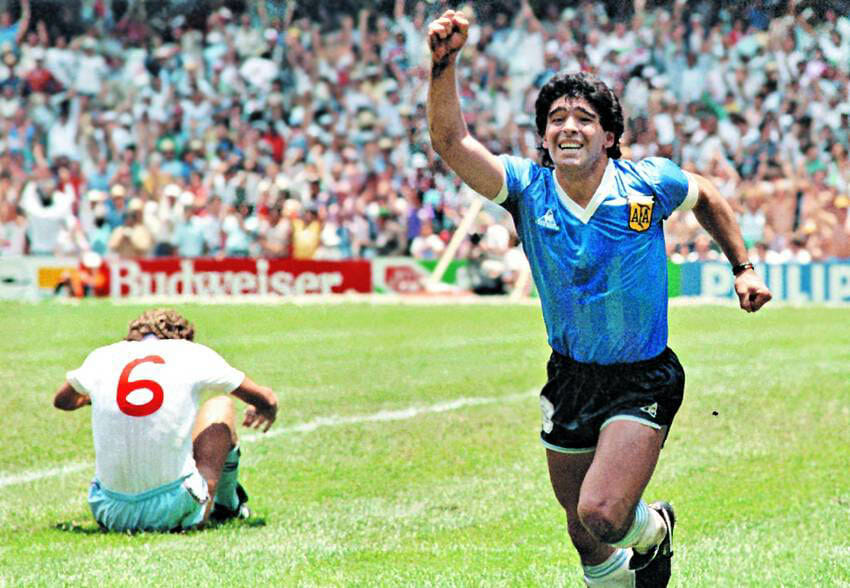
Bagnoli's Verona | How to build a fairytale
Discipline
Event
Country
Winner-Podium
Other protagonists
Year
By
Seen from today’s perspective, the first and only time the Italian soccer team Hellas Verona won the annual champions league in Serie A might have seemed like an unpredictable result of the chaotic sporting world. Sometimes, something out of the ordinary must happen. But it was not. It was surprising, for sure, but it was not accidental. There was the financial willingness to build a great project, and the sporting knowledge to do so. The latter was embodied in the role of Osvaldo Bagnoli, the team’s coach, and architect. Bagnoli’s Verona was the result of a precise project.
The beginning of Bagnoli’s Verona
The champions trophy is known as the ‘Scudetto,’ or ‘little shield,’ and the road to it started three years before, when Bagnoli was appointed as Verona’s new coach in the Italian Serie B, the second-tier competition. That was not the only change. That year, Ferdinando Chiampan became the team’s owner, and the Japanese company Canon became the first main sponsor in the club’s history. It was the beginning, which provided Verona with the foundations for a fruitful journey. Verona won that year’s Serie B and gained access to Serie A.
Bagnoli was the right man for the task: he had just obtained a promotion with Cesena, and he was already familiar with Verona’s atmosphere, having spent three years in the city as a player. He was an established coach in Serie B, but the experience with Hellas, as the Verona team are named, would bring him way further.
Many players that would have won the Scudetto were already there: the goalkeeper Garella, the defender Tricella, and the midfielder Di Gennaro. In the next two years in Serie A, Hellas Verona was a continuous threat: they twice reached the Coppa Italia final, and always performed very well in autumn and winter, even getting close to the top of the rank – but ending fourth in 1983 and sixth in 1984.
Then, the 1984/’85 season began. At the time, the fork dividing the elite clubs from all the others was not as wide as today. Intending to spend money and build a solid football project, there was hope to close the gap. However, not even Bagnoli could have expected things to turn out the way they did.
A dream in the making
As every season does, Verona’s one started by acquiring new players on the market. It was a crucial move: Verona bought the Danish forward Elkjær Larsen and the German defender Hans Briegel. Both of them emerged during the last European Championships, although they were not young (Elkjær Larsen 26 years old, Briegel 28).
The first match of the season already tested the possibilities of the team. Hosting Napoli and their brand-new star, Diego Armando Maradona, Verona was able to win 3-1. The schedule was demanding: after the first three matches (which Verona won), they had to face the first four teams of the previous seasons in a row. Two home wins against Juventus and Fiorentina, and two away draws against Inter and Roma set the tone for the rest of the year.
Like most coaches of that time, Bagnoli was applying a defensive tactic known as the ‘Catenaccio,’ or ‘doorlock.’ A solid defense was at the core of Verona’s identity. Still, the team was also able to possess the ball to disorder and suffocate rivals, quickly advancing through the fields with few, well-designed passes. Bagnoli only fielded 15 outfield players and two goalkeepers during that year’s Serie A. As fewer matches were played with respect to nowadays, fewer players were enough to compete with greater teams.
And that happened. It has to be noted that during the season all of the historically great Italian teams were suffering, but Verona’s journey was remarkable nonetheless. The first loss came with Avellino, in mid-January. Only one followed, at home against Torino, an unexpected runner-up.
Champions of Italy
The loss against Torino was the only moment where Verona could have been afraid to lose everything. That didn’t happen: the draw against Milan and the subsequent win against Lazio set an insurmountable margin between the leaders and the rest of Italy. A couple of weeks later, after the away draw against Atalanta, the dream officially became true: Verona had won the Scudetto, for the first time in their history.
Although it worked perfectly, the mechanisms that led to the triumph were also too fragile. Winning the title led to higher wage requirements by the players, and other teams adapted to the tactics. Bagnoli’s Verona were unable to change and remain competitive and soon came back into the Italian footballing working class. But what a trip it had been.











